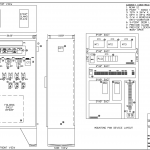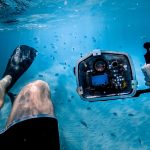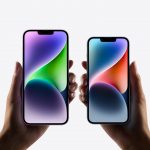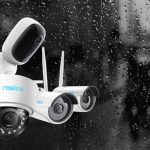The IP (Ingress Protection) enclosure system uses a 2-digit suffix to describe the degree of ingress protection for enclosures. IP66-rated objects are water resistant against powerful jets, whereas IP67 protects vs complete temporary water submersion. In this article, you will learn about the IP protection system, compare IP66 VS. IP67 ratings, and learn about typical applications.
IP Protection System

The IP rating is an international standard. It determines the degree of protection or sealing efficacy in enclosures against the infiltration of objects, water, dust, and contact. Also, it is compliant with European Standard EN 60529.
Products are noted by the initials IP (Ingress Protection), followed by two digits and an optional letter in the IP code. The two digits denote the level of intrusion protection versus solids and liquids. The optional letter notes the product’s resistance to pressure.
IP Ratings – Intrusion Protection
| Level | Intrusion Protection |
|---|---|
| X | No protection. |
| 1 | Protection from a large part of the body such as a hand (but no protection from deliberate access); from solid objects greater than 50mm in diameter. For example, accidental touch by hands. |
| 2 | Protection against fingers or other objects not greater than 80mm in length and 12mm in diameter. For example, fingers. |
| 3 | Protection from entry by tools, wires, etc, with a diameter of 2.5 mm or more. For example, tools, and wires. |
| 4 | Protection against solid objects larger than 1mm. For example, wires, nails, screws, larger insects, and other potentially invasive small objects such as tools/small, etc. |
| 5 | Partial protection against dust that may harm equipment. |
| 6 | Totally dust-tight. Full protection against dust and other particulates, including a vacuum seal, tested against continuous airflow. |
IP Ratings – Moisture Protection
| Level | Moisture Protection |
|---|---|
| X | No protection. |
| 1 | Protection against vertically falling droplets, such as condensation. ensuring that no damage or interrupted functioning of components will be incurred when an item is upright. |
| 2 | Protection against water droplets deflected up to 15° from vertical |
| 3 | Protected against spray up to 60° from vertical. |
| 4 | Protected against water splashes from all directions. Tested for a minimum of 10 minutes with an oscillating spray (limited ingress permitted with no harmful effects). |
| 5 | Protection against low-pressure jets (6.3 mm) of directed water from any angle (limited ingress permitted with no harmful effects). |
| 6 | Protection against direct high-pressure jets. |
| 7 | Protection against full immersion for up to 30 minutes at depths between 15 cm and 1 meter (limited ingress permitted with no harmful effects). |
| 8 | Protection against extended immersion under higher pressure (i.e. greater depths). Precise parameters of this test will be set and advertised by the manufacturer and may include additional factors such as temperature fluctuations and flow rates, depending on equipment type. |
| 9 | Protection against high-pressure, high-temperature jet sprays, wash-downs, or steam-cleaning procedures. |
IP66 vs. IP67 Comparison
Intrusion protection for IP66 vs IP67 is the same (6). The differences lie in the moisture grade number (6 vs. 7).
| Rating | Differences | Similarities |
|---|---|---|
| IP66 | Protected from high-pressure water jets from any direction. | Totally dust-tight. Full protection against dust and other particulates, including a vacuum seal, tested against continuous airflow. |
| IP67 | Protected from immersion between 15 centimeters and 1 meter in depth. | Totally dust-tight. Full protection against dust and other particulates, including a vacuum seal, tested against continuous airflow. |
Common IP Applications
The universal IP rating system gives buyers confidence that they can use products in certain environments. For example, the term ‘waterproof’ doesn’t provide a clear definition of where and to what extent an item can resist moisture ingress. Therefore, an IP rating provides a far more specific account.
Protective IP cases may apply to lighting, controllers, electric instruments, power supply, industrial camera housings, desktop electronics, and measuring/control equipment, to name a few. Instrument applications such as volt-meters, digital thermometers, and flow readers are also common. Additionally, electrical motors often bear the IP designation.
IP-rated enclosures compete in the industrial market with the NEMA (National Electrical Manufacturers Association) designation.
Common IP66 Applications
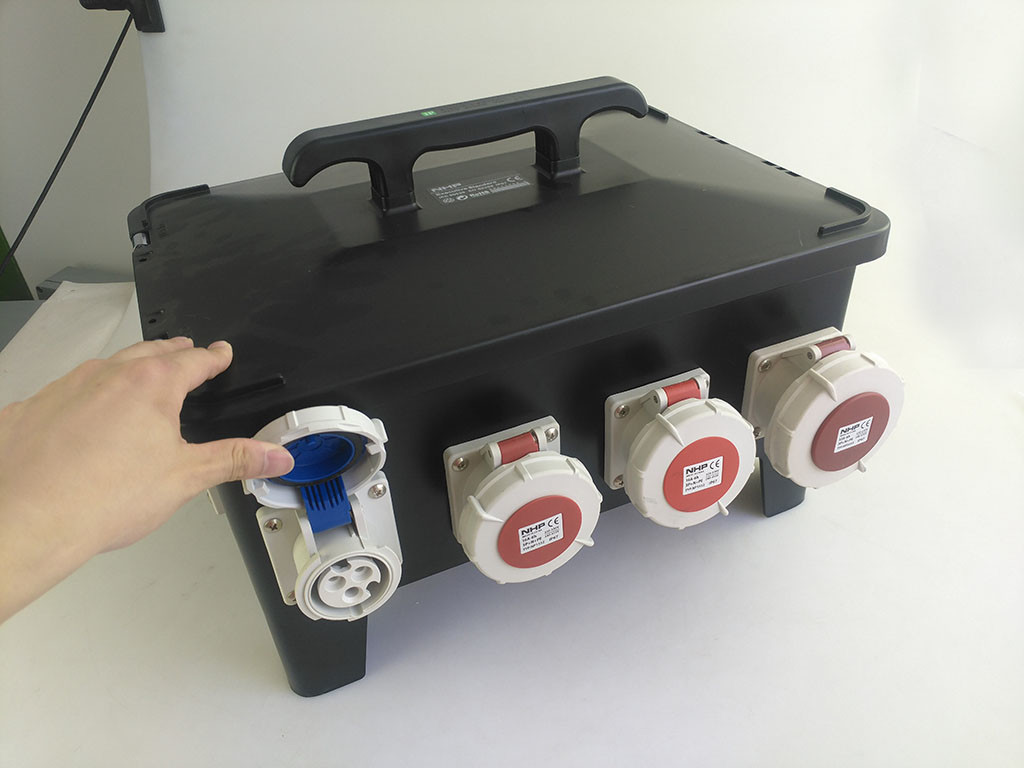
An enclosure with an IP66 rating is built tough and approved for broad outdoor use. An IP66-rated enclosure provides great performance in a variety of settings, such as:
- Units for outdoor security
- Control panels for agricultural and construction equipment
- Outdoor scientific instruments
- Electrical junction boxes
- Circuit breakers and other electrical equipment
- A/V equipment built for outdoor application
Common IP67 Applications
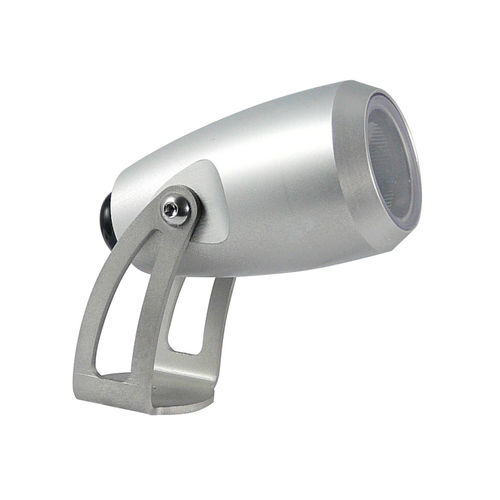
An electrical enclosure has an IP67 rating if it shields the device inside from the damaging effects of dust and water. Ratings of IP67 frequently apply to:
- consumer electronics, such as smartphones.
- industrial systems, and
- situations where a gadget requires heightened protection against water intrusion.
Device designers rely on IP67 enclosures to give their electrical devices the highest level of water resistance and dust protection. It is simple to understand why designers frequently request IP67 enclosures for their products when you consider they offer great water protection to everything from hose sprays to brief submersion.
IP66 VS. IP67 – Which to Choose?
When determining whether to specify IP66 vs IP67, engineers must be vigilant to consider potential ingress from less obvious sources of moisture, such as condensation, steam, and accumulating dust in harder-to-reach areas.
Both offer remarkable water resistance. IP67 should be selected in scenarios when immersion is expected or possible. If such an instance is highly unlikely then IP66 provides a more than adequate choice.
